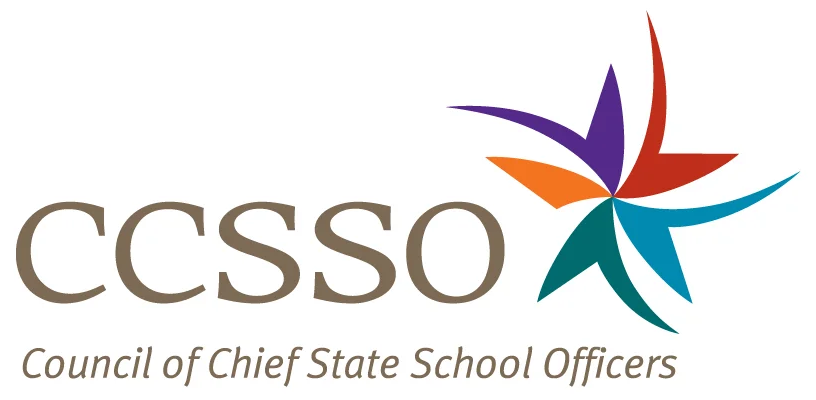How States Are Utilizing Pandemic Relief Funds to Support Students Experiencing Homelessness
COVID-19 brought forth a myriad of unprecedented obstacles. The nation’s children and school systems faced those obstacles head-on, and for students experiencing homelessness, the roadblocks were exacerbated. Estimates for the 2021-2022 school year put the population of K-12 students experiencing homelessness likely an undercount due to challenges with identifying homeless students during the pandemic. From tracking students experiencing homelessness to ensuring they had access to technology such as laptops and high-speed internet to assessing staff training needs, states have been working hard to prevent homeless children and youth from falling behind.
From the $190 billion allocated to states for K-12 education through the Elementary and Secondary School Emergency Relief (ESSER) Fund, the American Rescue Plan reserved $800 million to support children and youth experiencing homelessness through the Homeless Children and Youth program (ARP-HCY). State education agencies (SEAs) could reserve 25% of their total ARP-HCY allocation for statewide activities to address the impact of the pandemic on students experiencing homelessness. The remaining 75% was designated for local education agencies (LEAs). The purpose of the ARP-HCY allocation was to enhance the efforts to identify children and youth experiencing homelessness, to provide them with additional services needed to address the challenges of the COVID-19 pandemic and to allow them to attend school and engage in school activities. Several states have used their funding from both ESSER and the ARP-HCY program to provide temporary housing and case management, expand access to supplies and services, ensure broadband internet access and support learning recovery.
The Ohio Department of Education and Workforce (DEW) partnered with the Coalition on Housing and Homelessness in Ohio (COHHIO) using ARP-HCY funds to provide communities with professional development supports called COHHIO Course to HOME. This partnership's goal is to provide professional development opportunities for districts to work toward meeting the needs of vulnerable students and families. COHHIO Course to HOME does not provide direct services but instead ensures that districts have the required resources to effectively and efficiently support their homeless students and families. COHHIO, in collaboration with DEW, also facilitates communities of practice conversations with districts. These spaces allow districts the opportunity to hear about successes, share resources, learn from each other and devise new and innovative ways to best support their homeless youth.
Some states utilized ESSER funding to provide direct services for students experiencing homelessness. In West Virginia, the Department of Education used ESSER set-aside funds to expand the Lawyer in the School (LIS) Program. The LIS Program works to address problems with housing, family instability and domestic and child abuse by connecting students and families with legal experts who can help them understand and navigate their rights for free. Prior to the pandemic, LIS was only in a select few schools and was funded through grants from private foundations, the Legal Services Corporation and the Department of Justice. With the expansion of the program across the state, 1,848 people, including 1,111 students, were provided legal help in 2023. Of those, two in five were homeless or facing homelessness. The LIS program resolved 387 cases that resulted in 22 children being adopted or under legal guardianship and 23 children remaining in their homes. Over 80 school-based clinics were held in 2023 that allowed families to overcome potential transportation barriers so they could attend and participate in community engagements and speak directly with LIS staff.
The Georgia Department of Education (GaDOE) partnered with the Georgia Statewide Afterschool Network to implement summer and after-school programs for students impacted by the pandemic, including students experiencing homelessness. This partnership awarded $27 million from ARP ESSER funds in Building Opportunities in Out-of-School Time (BOOST) grants to community and statewide organizations. The goal of the BOOST program is to expand access to serve more youth, particularly those experiencing homelessness and other communities impacted by the pandemic, reduce barriers such as lack of transportation and increase the number of supports provided to enhance programmatic quality. To date, BOOST grants have supported 101 grantees, who served more than 67,000 youth in after-school programs and 78,000 youth in summer programs. Fifty-four percent of community-based organizations served students experiencing homelessness. Safe Harbor Children’s Shelter in Glynn County, for example, utilized BOOST grant money to expand its support for youth experiencing homelessness and other disadvantaged youth.
ARP-HCY funds are allowing states to enhance programming, outreach and identification for their students experiencing homelessness. While many states have chosen to focus on enhancing identification of their students experiencing homelessness and combating learning loss that occurred due to the pandemic, several states also are determining ways to work in tandem with community organizations to support their homeless student populations. As the deadline to obligate ARP-HCY and ESSER funds approaches in September 2024, states and districts are exploring creative solutions to sustain critical, high-impact investments that benefit historically marginalized populations.
